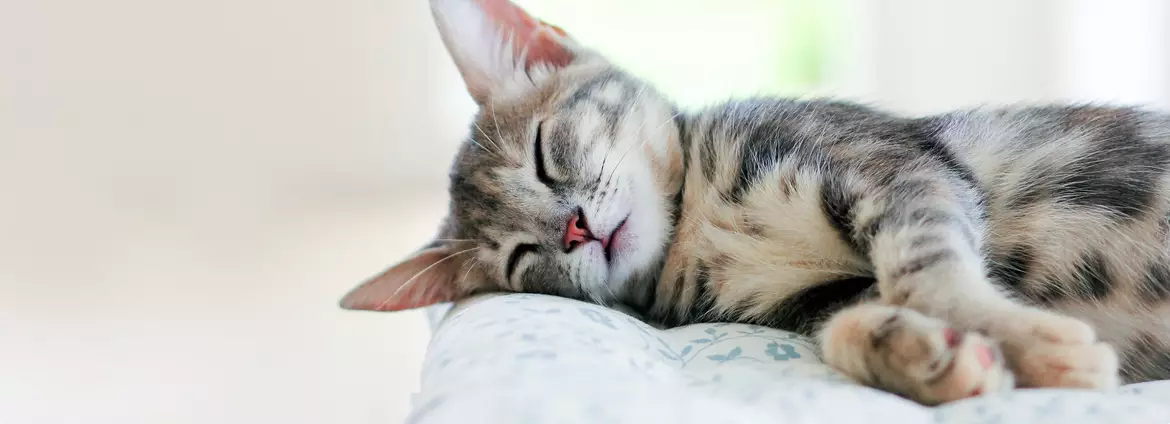March 3, 2024, is not just about raising awareness for humans when it comes to hearing health; it serves as a poignant reminder for pet owners regarding the often-overlooked auditory health of their furry companions. The PDSA, a leading veterinary charity, emphasizes an important yet frequently neglected aspect of pet care: hearing loss in animals. It’s crucial to acknowledge that our pets also have delicate auditory systems that can suffer from ailments, leading to long-lasting issues, including deafness. This call to action reminds us that just like in humans, awareness and proactive measures can lead to healthier and happier lives for our pets.
Understanding the Causes of Hearing Loss in Pets
Deafness in animals can stem from a variety of factors, some of which may seem innocuous to the untrained eye. Common culprits include ear infections, which are prevalent among both dogs and cats but may be more severe in breeds predisposed to ear issues. For instance, heavy or furry ear flaps can trap moisture and create an inviting environment for bacteria and yeasts. Trauma, congenital conditions, foreign objects lodged in the ear, and systemic health issues can also lead to hearing impairment. Knowing the warning signs early, such as frequent head shaking, scratching, or unusual behavior, can make a huge difference in addressing these potentially serious conditions.
Recognizing the Signs of Ear Problems
As a pet owner, it’s important to be vigilant and observant. Animals can’t verbally communicate discomfort, which makes it vital for us to recognize behavioral changes that signal ear problems. Physical symptoms may include swollen, red, or itchy ears, as well as abnormal discharges. If left untreated, these conditions can escalate, leading not only to pain but also to permanent hearing loss. Owners must be proactive—regular checks and a keen eye on any behavioral shifts can uncover these issues before they spiral into more serious health concerns.
Support and Adaptation for Deaf Pets
The journey of owning a deaf pet may seem daunting; however, it can also be profoundly rewarding. As pets age, hearing loss can occur naturally. Nonetheless, adjustments to their care and environment can facilitate a high quality of life. For instance, it’s essential to implement visual communication methods such as hand signals to replace verbal cues. Furthermore, routine interactions should be modified to avoid startling these sensitive creatures. Familiarizing friends and family with the pet’s condition ensures that they approach the animal in a comforting manner, mitigating anxiety and fostering trust.
In addition, giving deaf pets the autonomy to approach humans when they are ready contributes significantly to their comfort and confidence. Pets, especially those who are deaf, might feel more vulnerable compared to their hearing counterparts; thus, creating a safe space where they feel secure can enhance their overall well-being and happiness.
Efforts and Resources: Veterinary Support
Recognizing the gravity of the situation, organizations like PDSA play a pivotal role. They not only provide vital veterinary services that assist pet owners who face financial challenges but also educate the public about common health issues. Their outreach is indispensable for both current and prospective pet owners, ensuring that those who might otherwise go unnoticed receive the help they deserve.
Access to quality veterinary care should not be a privilege but a fundamental right, especially for those who provide love and companionship to animals in need. The significance of veterinary experts cannot be overstated; their roles as educators and caregivers safeguard the health of our beloved pets.
While the world talks about human hearing health, we must also champion the cause of our four-legged family members. A proactive approach towards ear health can mean the difference between hearing and deafness, comfort and anxiety, fear and trust. So as we approach World Hearing Day, it is crucial to extend this awareness beyond our own ears; let’s reach out for the ears that are closest to our hearts.


Leave a Reply